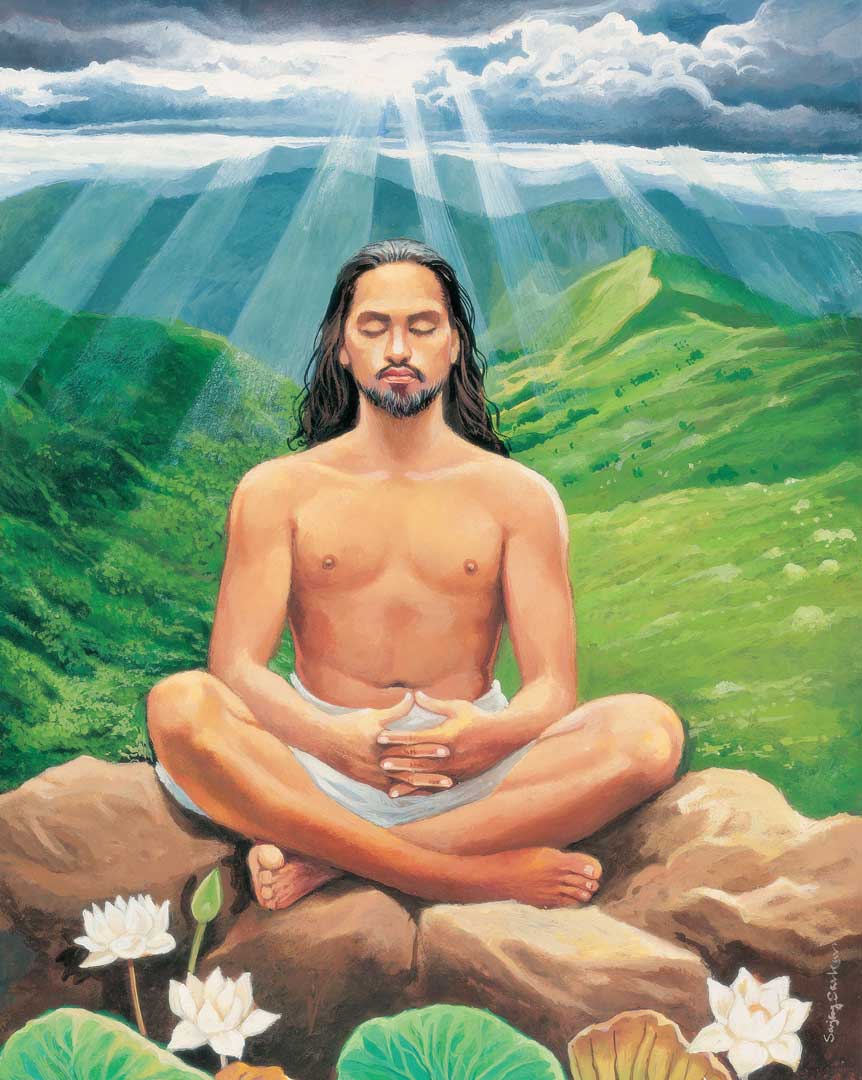

शुचौ देशे प्रतिष्ठाप्य स्थिरमासनमात्मन: |
नात्युच्छ्रितं नातिनीचं चैलाजिनकुशोत्तरम् || 11||
śhuchau deśhe pratiṣhṭhāpya sthiram āsanam ātmanaḥ
nātyuchchhritaṁ nāti-nīchaṁ chailājina-kuśhottaram
shuchau deshe pratishthapya sthiram asanam atmanah
natyuchchhritam nati-nicham chailajina-kushottaram
BG 6.11: To practice Yog, one should make an āsan (seat) in a sanctified place, by placing Kuśh grass, deer skin, and a cloth, one over the other. The āsan should be neither too high nor too low.

Start your day with a nugget of timeless inspiring wisdom from the Holy Bhagavad Gita delivered straight to your email!
Shree Krishna explains in this verse the external practice for sādhanā. Śhuchau deśhe means a pure or sanctified place. In the initial stages, the external environment does impact the mind. In later stages of sādhanā, one is able to achieve internal purity even in dirty and unclean places. But for neophytes, clean surroundings help in keeping the mind clean as well. A mat of Kuśh grass provides temperature insulation from the ground, akin to the yoga mats of today. The deer skin atop it deters poisonous pests like snakes and scorpions from approaching while one is absorbed in meditation. If the āsan is too high, there is the risk of falling off; if the āsan is too low, there is danger of disturbance from insects on the ground. Some instructions regarding external seating given in this verse may be somewhat anachronous to modern times, in which case the spirit of the instruction is to be absorbed in the thought of God, while the instructions for the internal practice remain the same.